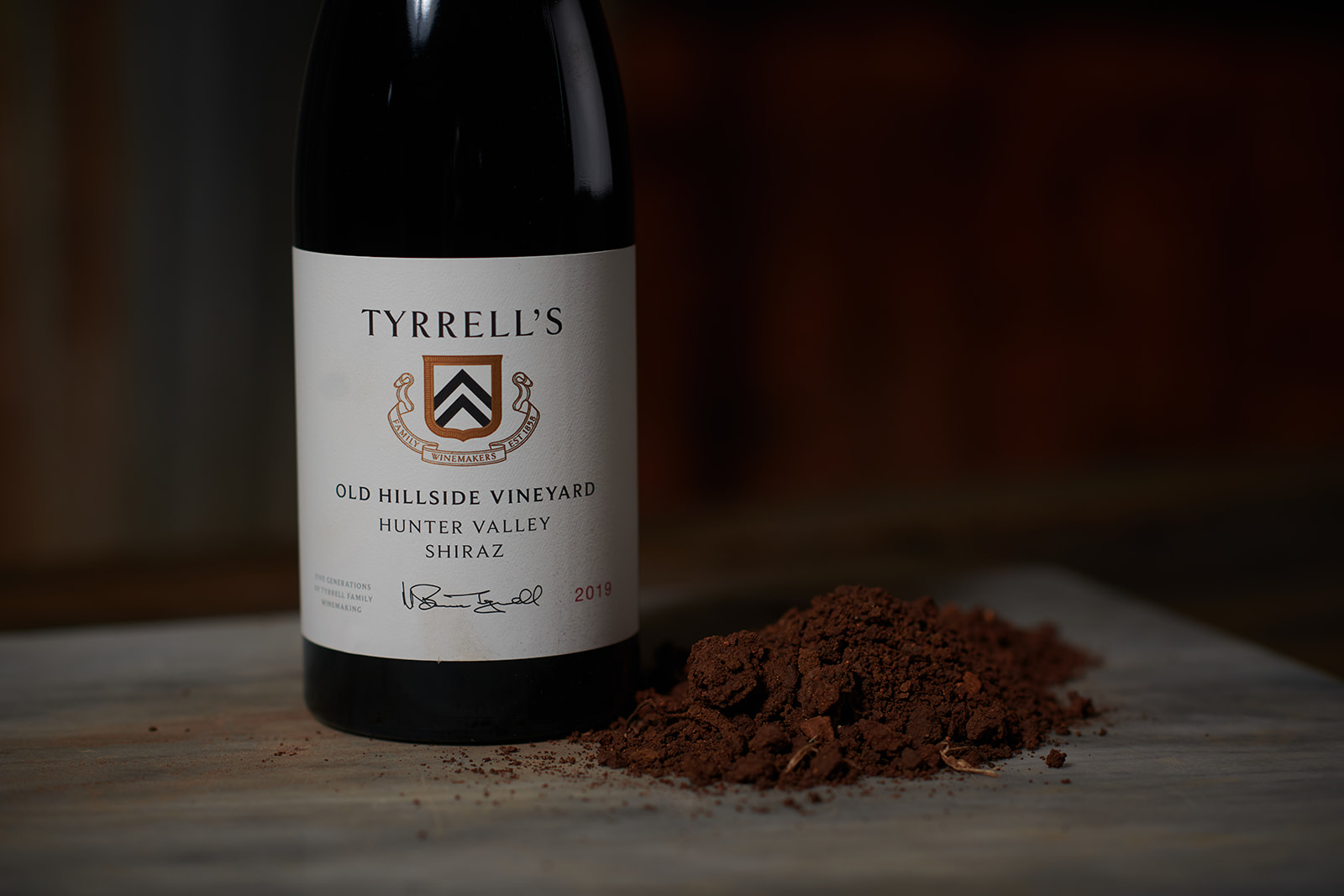 The difference between wine tasting, as opposed to wine drinking, is that wine tasting involves concentration and consideration. With wine tasting you are attempting to be objective, only by putting away your subjective thinking i.e. “Do I like this – or not?” A better understanding and appreciation of fine wine involves exposing yourself to the many different styles and varieties of wine found throughout the world. In doing this, you may even find your own tastes broadening.
The difference between wine tasting, as opposed to wine drinking, is that wine tasting involves concentration and consideration. With wine tasting you are attempting to be objective, only by putting away your subjective thinking i.e. “Do I like this – or not?” A better understanding and appreciation of fine wine involves exposing yourself to the many different styles and varieties of wine found throughout the world. In doing this, you may even find your own tastes broadening.
Wine tasting
Wine tasting, put simply, is the sensory examination and evaluation of wine. Wine consists of a complex myriad of substances including water, alcohol, acids, sugars, polyphenols and phenolic compounds, esters, dissolved gases and aromatic substances. Each of these components affects the way we perceive the wine as a whole.
To better understand wine, we can break the tasting process into three major parts as perceived by our senses:-
Sight – appearance and colour
Smell – aromas or volatile compounds detected by the nose and retro nasally (from within the mouth)
Taste – non-volatile compounds that contribute to the tactile sensation of the wine within the mouth.
80% – 90% of what we commonly perceive to be flavour is actually smell!
Your Senses
Sight – Information can be gained about a wine even before it is smelled or tasted. A wine’s colour and clarity can speak volumes to the trained eye. Cloudy or hazy wines are very rare today but in the past quite common; cloudiness could indicate a range of faults from metal hazes due to the wine’s contact with some reactive metal (iron, copper or zinc) to continued microbial activity. Unexpected and unacceptable colours in white wines like pinks or orange still pop up with annoying regularity due to oxidative handling, poor winemaking or, most commonly, permeable corks. A thin, anaemic brown coloured wine in a bracket of otherwise youthful robust reds will also stand out as incongruous and indicate something less than desirable is waiting in the glass.
Smell – occurs when volatile aromas reach the olfactory receptors situated in our nasal cavity.
They arrive there via two routes:
i) By inhalation through the nostrils – directly sniffing
ii) Retro nasally – through the back of the mouth as you chew and swallow.
True taste occurs on the tongue and from within the mouth. We are born with ten thousand taste buds located on the back, sides and tip of the tongue, on the palate and in the throat. When taste receptor cells within the taste buds are excited by chemical stimuli, (wine) they detect five primary sensations: sweet, sour, salty, bitter and umami (savoury). The idea of a tongue map or that one area of your tongue is responsible for discerning sweet and another area for sour or bitter etc, has since been disproven; all taste buds are capable of discerning all five different taste components.
Touch – An extremely important and commonly misunderstood aspect of the wine tasting is touch; this is simply the physical sensation of the wine within your mouth. These are the textural and tactile sensations caused by the physical stimuli – like the temperature the wine is served at or the puckering, tightening, grainy feeling of tannins, the warmth of alcohol or the tingle of bubbles. Mouth-feel is the only way the “weight” or body of wine can be correctly assessed. To be conscious of the texture of wine, to be able to consider and understand the interactions of the various sensations occurring within the mouth, is the defining characteristic of those described as having a good palate.
Being able to taste and judge wine correctly not only involves a keen awareness of these three senses both in isolation and together as whole, but also the awareness of how perception is altered by external and internal factors. (For example, the environment and the emotional state of the person tasting the wine.) The most important skill in being able to deconstruct and assess wine quality is learning to put aside your personal tastes and become objective.


